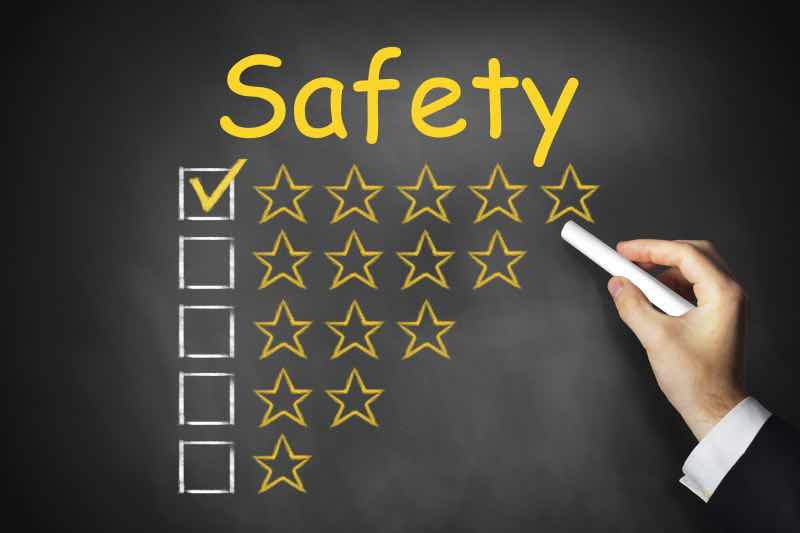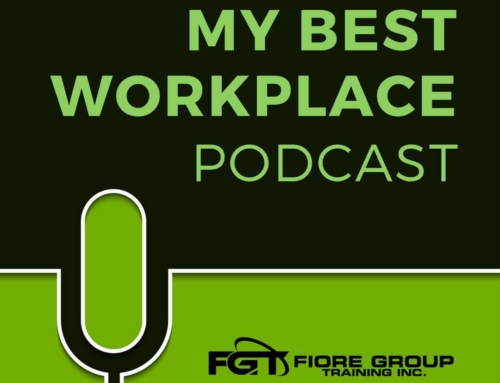Do You Support a Culture of Safety at Work?
If you have been reading these postings before, you will have seen that our mission here at Fiore Group Training is to Create Incredibly Safer Workplaces. It’s a bold goal but it’s what we are absolutely committed to. Safety at work can look like different things to different people. Are we talking about physical safety or psychological safety?
Actually….it’s both.
A safe workplace does not magically arrive in our lives just because someone says “Make it so!” or with the creation of policies, rules and standards alone. No, a safe workplace is developed through the engagement of leaders who personally reach into the hearts and minds of their employees, supervisors and leaders to impact how decisions are made on a daily basis.
A safe workplace is the result of a safety culture, one where management is seen. The development of this safety culture starts with the corner office. When they are seen to be fully engaged advocates and champions of a safety culture, the company will follow and measurable and remarkable results can be achieved.
When companies look at how to improve workplace safety, leaders must integrate their safety message in all forms of communication.
Work Culture Starts With Leadership
At an executive level, it’s important to make the time to communicate your vision and culture regularly through planned meetings, written communications and face-to-face interactions with your managers and employees.
If you remember back to the television show Hill Street Blues (this reference will definitely give away my vintage!), the supervisor, Sergeant Phil Esterhaus at the end of every shift briefing would end the briefing with those immortal words “Hey, let’s be careful out there.”
A high level of reliable communication between leadership and an organization’s workforce supports trust, engagement and motivation—all factors essential to a safe workplace culture.
Building a safety culture does not happen overnight. Just as Lao Tzu reminded us, “A journey of a thousand miles, starts with a single step…” and then another one…and then another one. Just as with any journey which is worthwhile, building a safety culture is an evolution that takes time and commitment.
The safety industry has undergone a change of philosophy over the years. Previously, it had been believed that when people got hurt, it was as a result of unsafe acts and conditions. Of course, when I refer to people getting ‘hurt’ I’m talking about physical pain as well as psychological pain.
Today, we know and accept that often when people get ‘hurt’, it is the management system that allowed the hazard (or the situation which created the pain) to exist in the first place. Employees are often aware of the hazard but either think that it is never going to cause a problem or that it is someone’s else’s job to fix it……back to that powerful quote from The Chief of the Australian Army David Morrison,
‘The standard we walk by is the standard we accept.”
A pioneer in the field of workplace safety systems, Dan Petersen, developed the Six Criteria of Safety Excellence. This remains the industry standard in establishing a workplace safety culture and they’re an excellent resource for every business and organization which is building or enhancing their safety culture.
The six criteria include:
- Visible upper management commitment to safety
- Active middle manager involvement in safety
- Focused supervisor performance
- Active hourly & daily participation throughout the organization
- The system is flexible to accommodate the site culture
- The system is positively perceived by the workforce
I will look at these 6 criteria further in another post…but this simple list gives you a clear idea that the development and maintenance of the safety culture is not achieved simply by putting a bunch of brochures on the lunch room table with a sticky note on top telling employees to “take a look when you have some time!”







Leave A Comment